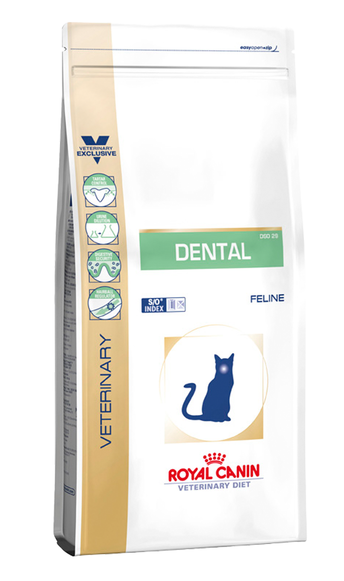Question: If Dr Chris looked into the mouths of 100, four-year old cats, how many of them will have dental disease?
- 8
- 50
- 85
The startling (but true) answer is…85!
Dental disease in cats is very common, which brings us onto our first ‘What?’.
#1
_
What is Dental Disease in Cats?
Dental disease isn’t limited to teeth, but involves the gums, tooth sockets, and ligaments holding teeth in place.
The first stage of dental disease is plaque formation. We’re all familiar with plaque because if we skip teeth brushing, plaque is the sticky that coats on our teeth. Left long enough, plaque becomes mineralised with calcium to form a hard deposit called tartar.
Bacteria in plaque and tartar cause the gum inflammation we know as gingivitis. Inflamed gums are bad news as they allow bacteria into the bloodstream, which in the worst case scenario leads to organ damage.
Cats also suffer from other dental problems such as poor tooth enamel, which literally melts away to leave the sensitive pulp cavity exposed.

#2
_
What are the Risk Factors?
Recognizing the risk factors gives us a chance to limit dental disease. Indeed, there are lots of different reasons, for example:
- Retained milk teeth: These trap food debris, which encourages tartar to form
- Wet foods: Canned or pouched diets are more ‘sticky’ and adhere more to teeth than dry kibble
- Body chemistry: The pH of some cat’s saliva seems to favour plaque hardening to tartar
- Genetics: Flat faced breeds are more prone to dental disease
- Viral infections: Feline leukaemia, feline immunodeficiency virus, and calicivirus are all linked to inflamed gums
- Lack of oral hygiene: Without brushing, plaque readily builds up.

#3
_
What can be Done?
This depends how severe the dental disease is.
For mild cases, consider the following:
- Switching to an oral health diet
- A food or water additive proven to benefit oral hygiene
- Start tooth brushing
But if your cat’s gums are already sore, chat to us about the action needed to get them healthy again. This could include professional descaling and a course of antibiotics.
Remember we’re here to help, so call us today to discuss your cat’s dental health.

